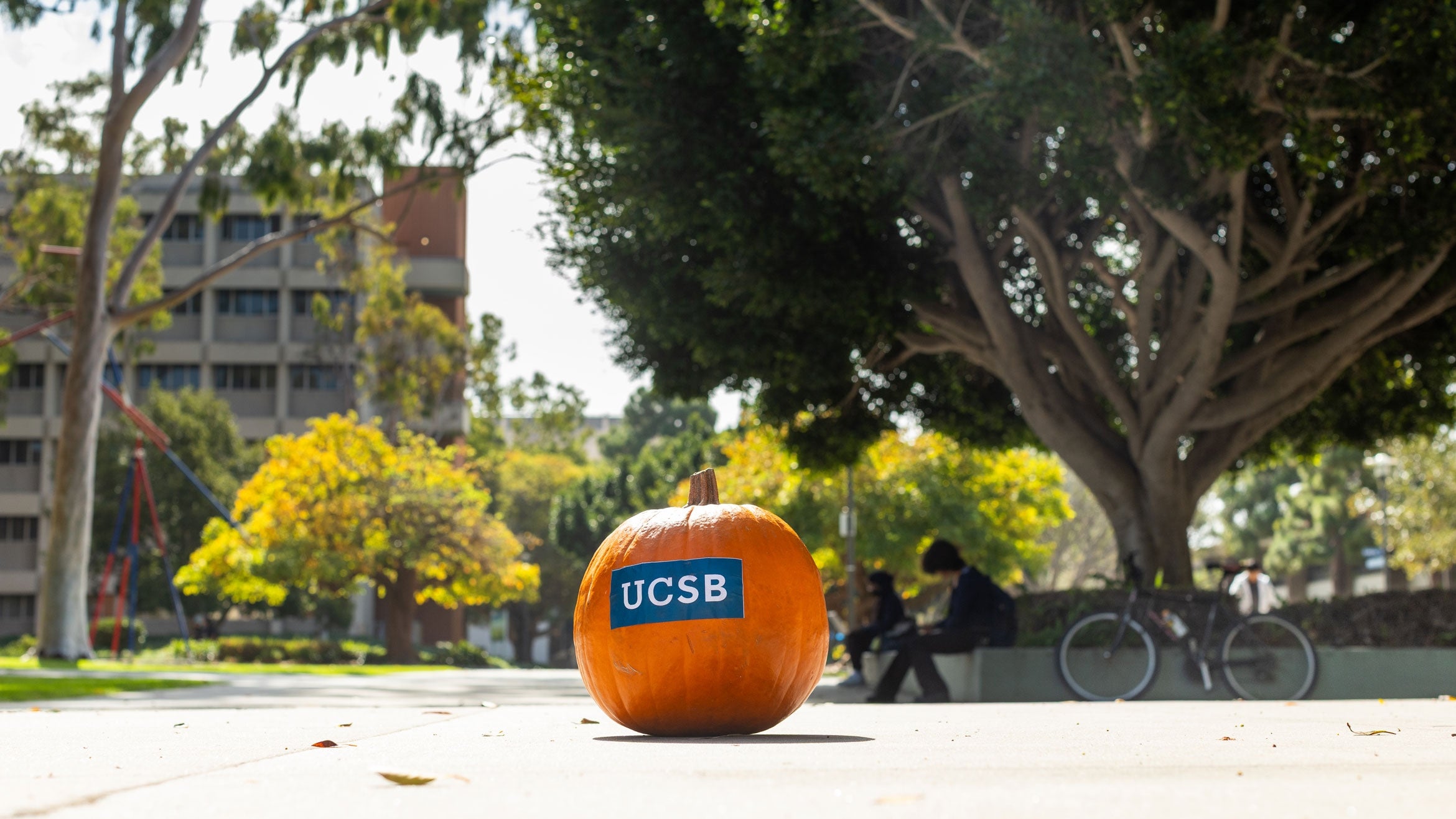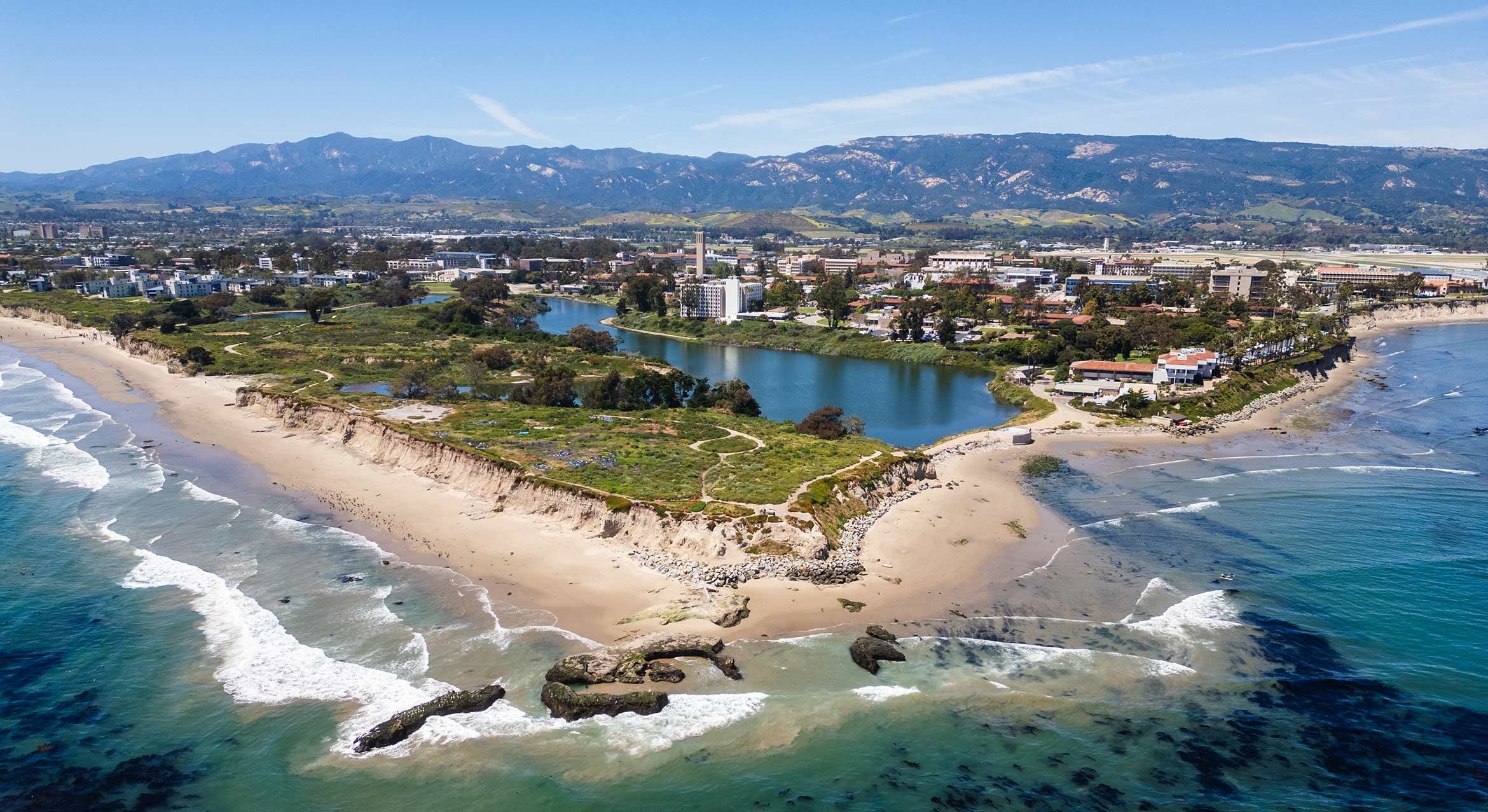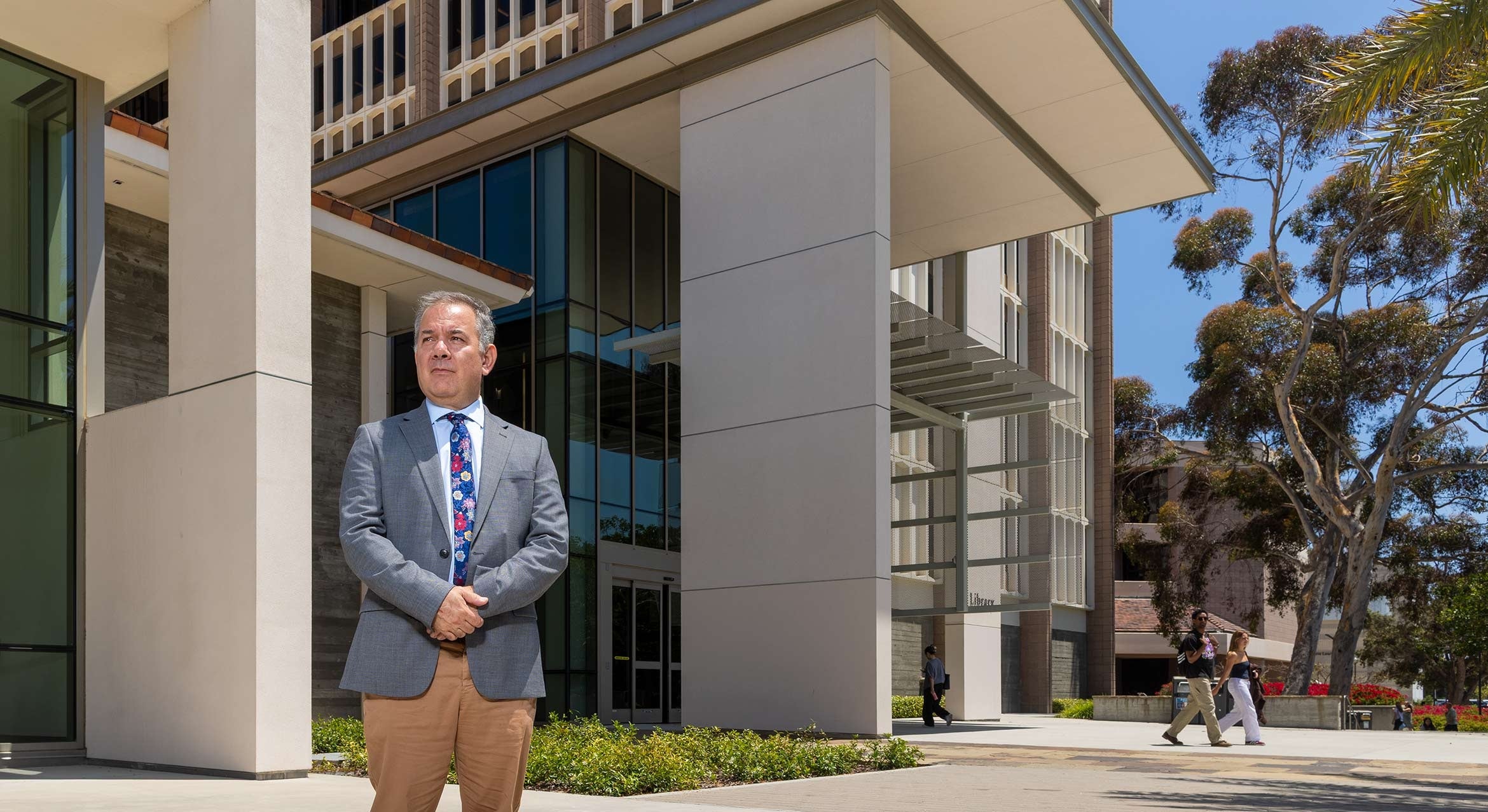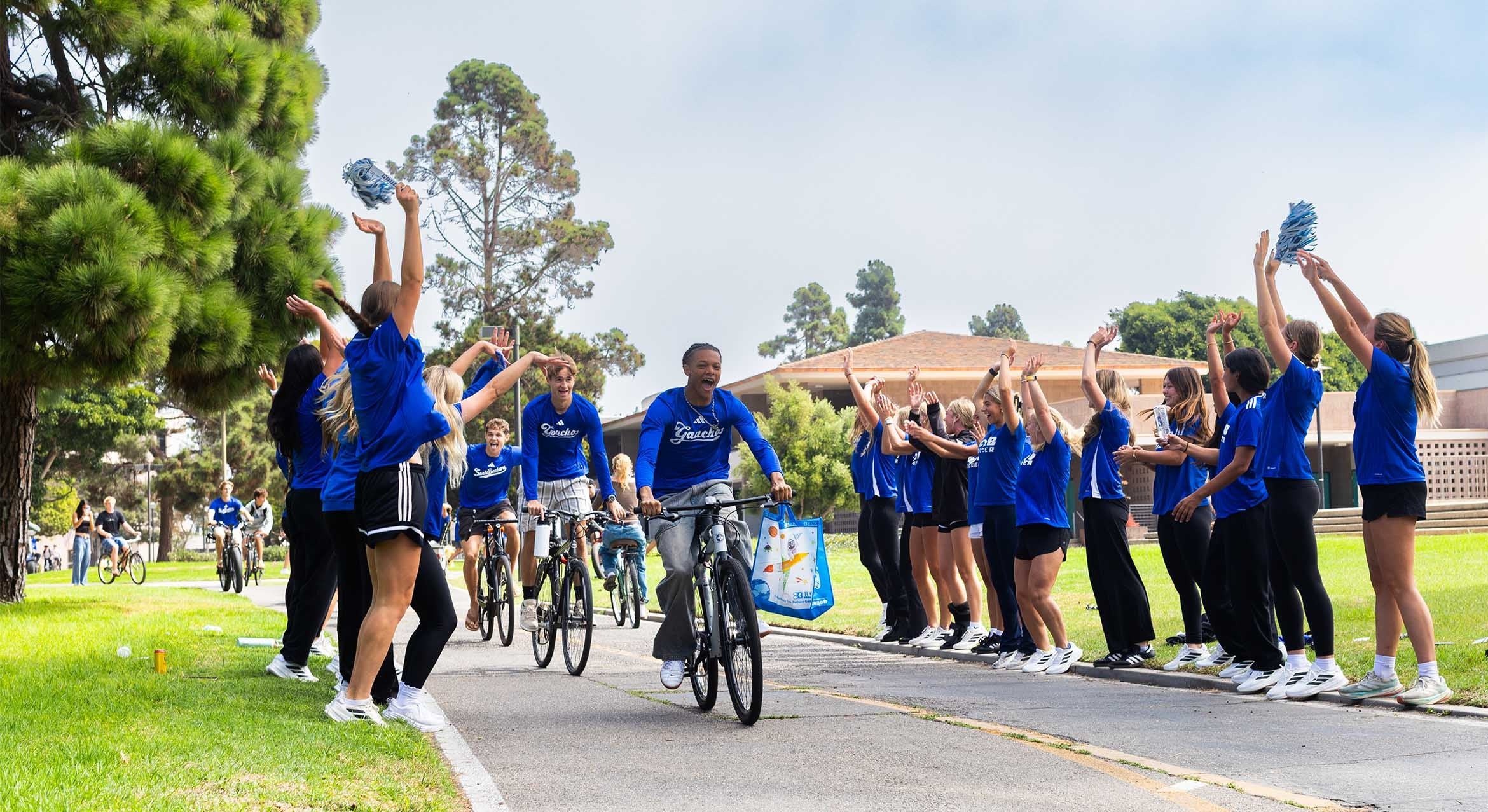For the eighth consecutive year, research support from external sources reached a record high at UC Santa Barbara last year when a total of $161.4 million was received from federal and state agencies, corporations, and foundations.
In the fiscal year ending June 30, 2004, this "extramural" funding in the form of contract and grants for research, training, and public-service programs increased 12 percent over the previous year's record of $143.9 million.
The campus was awarded more than 1,081 research contracts and grants last year.
External research funding is considered the lifeblood of a premier research university.
In the last decade, such funds have nearly doubled at UCSB.
"This magnificent achievement in research funding is yet another indicator of the vitality and enormous intellectual resources of the campus and the extraordinary contributions of UCSB's prize-winning faculty," said UCSB Chancellor Henry T. Yang.
"I have found it tremendously rewarding to witness UCSB's rapid upward trajectory in every measure of excellence over the years."
Steve Gaines, acting vice chancellor for research at UCSB, attributed the increase in awards to the campus's collaborative research environment and the exceptional quality of those involved.
"This increase is really remarkable," said Gaines, who also serves as director of UCSB's Marine Science Institute.
"It is a significant increase over the prior year's record total and the biggest dollar increase in more than a decade.
One of the important things the statistics show is the continued innovation of our faculty and the superb contributions of graduate and undergraduate students who work with them to create a better world."
Support from federal agencies increased 14 percent over the previous fiscal year, amounting to $121 million, or 75 percent of the total.
Continuing a decade-long trend, the National Science Foundation was the largest single source.
Additional evidence of UCSB's intellectual and research capital consisted of several large awards from the Army, including $17.2 million to establish the Institute for Collaborative Biotechnologies.
Funding from the Department of Energy increased by 41 percent to $7.7 million.
Research support from industry totaled $9.5 million, up 40 percent over the previous year.
Among the research grants awarded to the campus were the following:
· Up to $50 million over five years from the Army for the Institute for Collaborative Biotechnologies, a partnership among UCSB, Caltech, MIT, and industry to conduct interdisciplinary research at the interface of biotechnology, nanotechnology, materials science, and systems engineering.
This Congressionally chartered University Affiliated Research Center (UARC) is designed to accelerate the transition of novel ideas and insights from discovery to development and implementation.
· A contract of up to $15.8 million over four years from the Defense Advanced Research Project Agency's Microsystems Technologies Office for a research program known as "LASOR: Label-Switched Optical Router."
The goal is to demonstrate technologies and systems that will route Internet data optically without the bottlenecks and large power requirements of current optical-to-electrical connections.
Researchers from UCSB, Stanford University, and major technology companies---each a leader in its field---have teamed up to explore using a stamp-sized all-optical wavelength converter chip that will greatly expand optical router capacity, maintain signal quality, and substantially reduce equipment size and power usage.
· A $6.9 million, five-year grant from the National Science Foundation for collaborative interdisciplinary research by UCSB, UC Berkeley, Carnegie Mellon University, and MIT to develop sophisticated information technologies for collecting and interpreting the enormous volume of biological image data.
The research will advance the state of the art in imaging, pattern recognition, and data-mining, help scientists understand complex biological processes at the cellular and sub-cellular level, and will train doctoral students and include undergraduates in the research.
· "Multi-Resolution Snow Products for the Hydrologic Sciences" is a five-year $3.95 million cooperative agreement with NASA to provide improved global and regional estimates of snow cover and its water content, using "spectral unmixing" algorithms to increase the accuracy of information retrieved from Earth satellite imagery, and using new information management technologies to distribute the resulting data products in near-real time to water-resource managers and climate modelers.
· A $250,000 grant from the National Science Foundation for research on technological change and collective association--changing relationships among technology, organizations, society, and the citizenry. The project focuses on two levels: on the experiences and perceptions of citizens who participate in various groups, and on the effects of technology for the organizations and their staff and leaders.
Related Links



